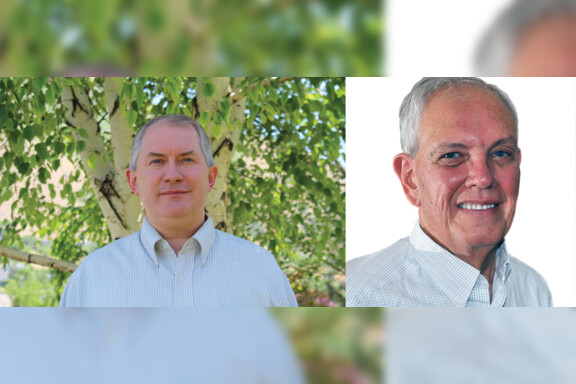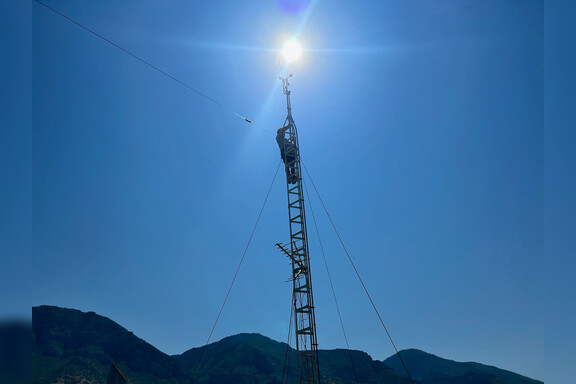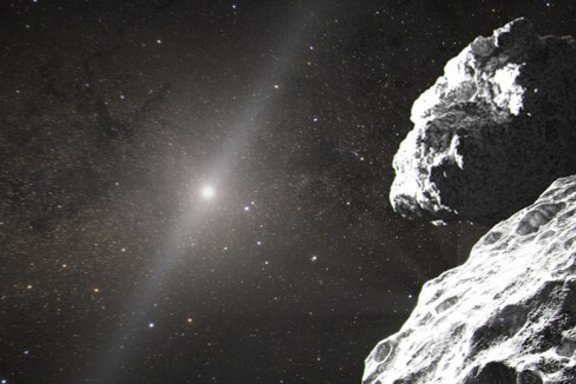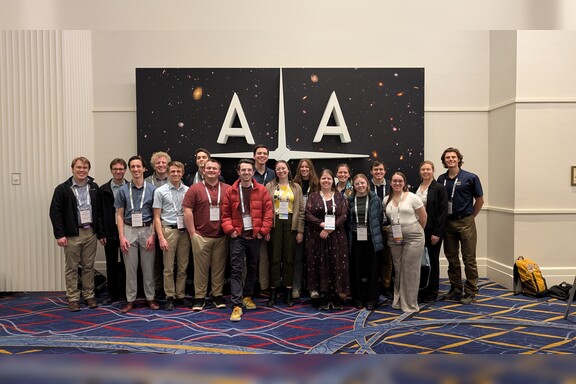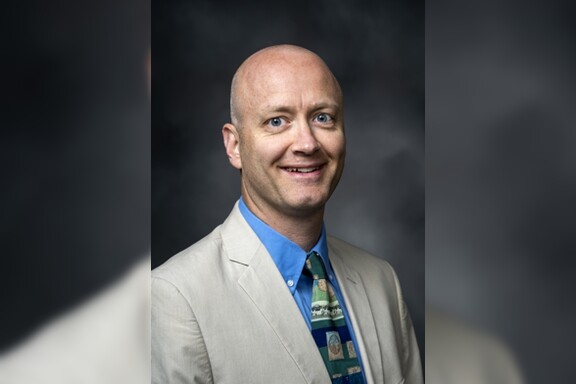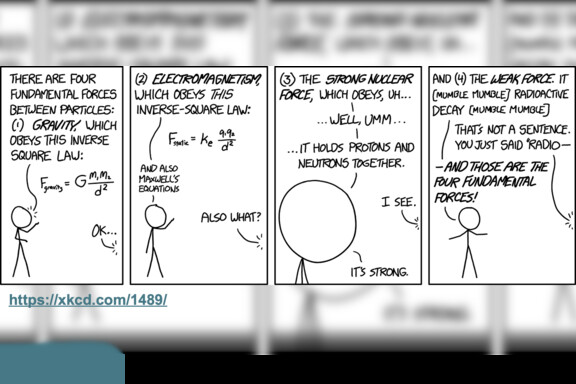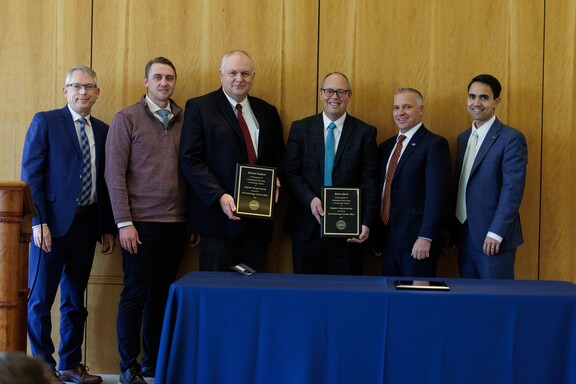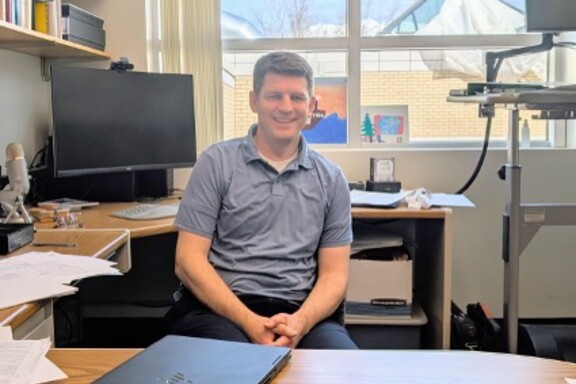
Figure 1: Dr. Gee showcases the Delta IV Heavy rocket during a measurement at Vandenberg Space Force Base. The microphone setup at the front measures the far-field rocket noise.
An exciting new space age has started with more rockets being launched than ever before, but with an increase in launches comes an increase in noise levels. BYU Professors Kent Gee and Grant Hart have received funding from the United States Space Force to study the generation and propagation of noise from rocket launches at Vandenberg Space Force base in California. In collaboration with California State University Bakersfield, they will analyze the effects of noise from multiple rocket launches on the behavior of endangered species near Vandenberg.
Vandenberg Space Force Base is home to many recent rocket launches including Falcon 9, Firefly Alpha, Delta IV Heavy, and Atlas V. Dr. Gee and Dr. Hart’s research group has already measured several rocket launches at Vandenberg, as well as NASA’s Artemis I launch out at Kennedy Space Center in Florida. The study of rocket acoustics is imperative due to the intense noise that can damage the payload and launch pad, annoy nearby communities, and impact local wildlife. Particularly, this research will investigate impacts on shore birds, red-legged frogs, monarch butterflies, and some endangered fish species.

Figure 2: Dr. Hart at Vandenberg Space Force Base.
To determine the impact on these species, baseline data must be recorded and compared to data collected near a launch. While these data will be both acoustic and visual, Dr. Gee and Dr. Hart will be in charge of the acoustic monitoring of species. There is a threshold acoustic level for which certain animals will be negatively affected by noise, but the levels for the endangered species in this study are not known as of yet. This task will be done in collaboration with the California State University Bakersfield ecological group to determine these values.
Dr. Gee and Dr. Hart also seek to develop accurate physics-based models to predict the noise from each rocket launch. These models could be used to predict the levels both near and far from the pad. Based on the location of the endangered species relative to the launch pad, the models can predict whether a rocket launch will negatively impact the species before the launch occurs. This will allow the Space Force and other groups launching rockets to make any adjustments needed to their launch plan.

Figure 3: Dr. Gee’s and Dr. Hart’s research group in front of the Space Launch System Rocket.
Most importantly, Dr. Gee and Dr. Hart hope to give their students opportunities for experiential learning. Their research not only provides their students with opportunities to gain experience in field testing and data analysis, but it also inspires them to reach for the stars.
Student authors: Carson Cunningham, Jacob Streeter, Scott Hollingsworth, Levi Moats, Taggart Durrant, and Megan Robertson
News and Events
